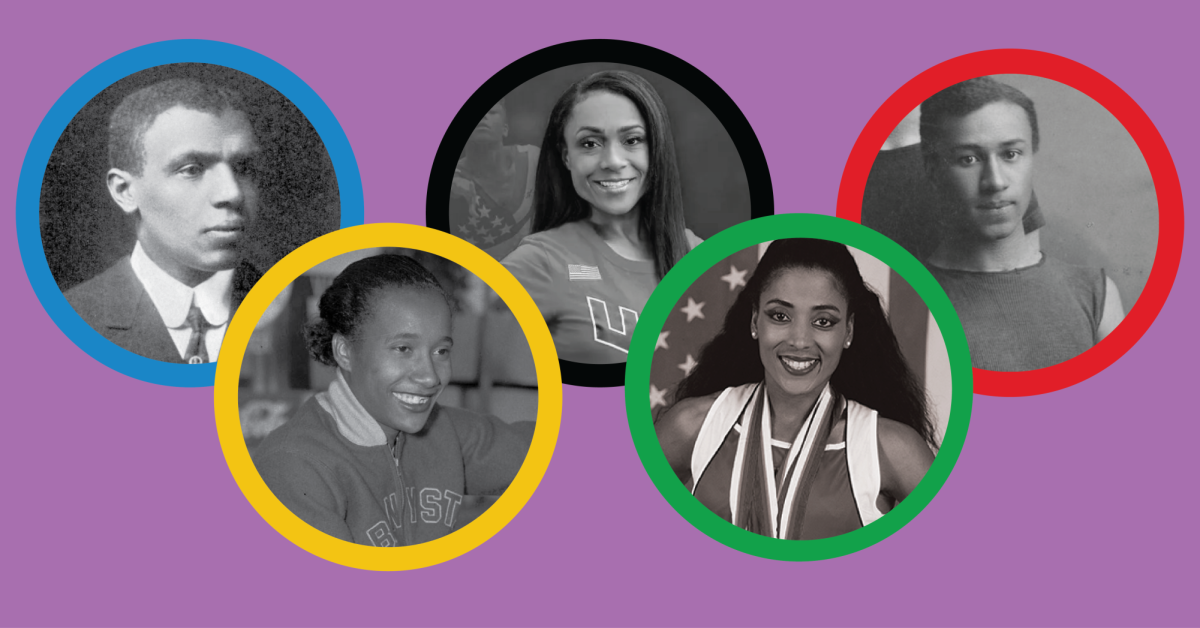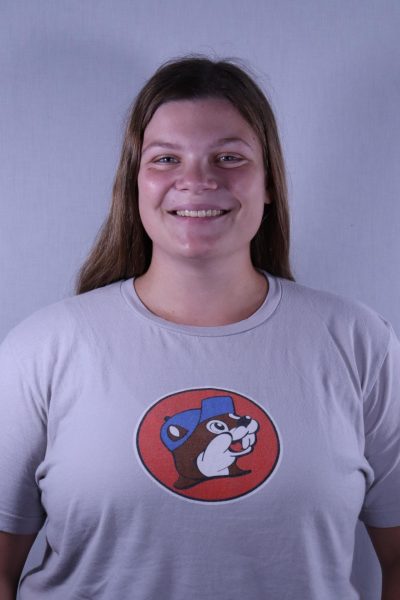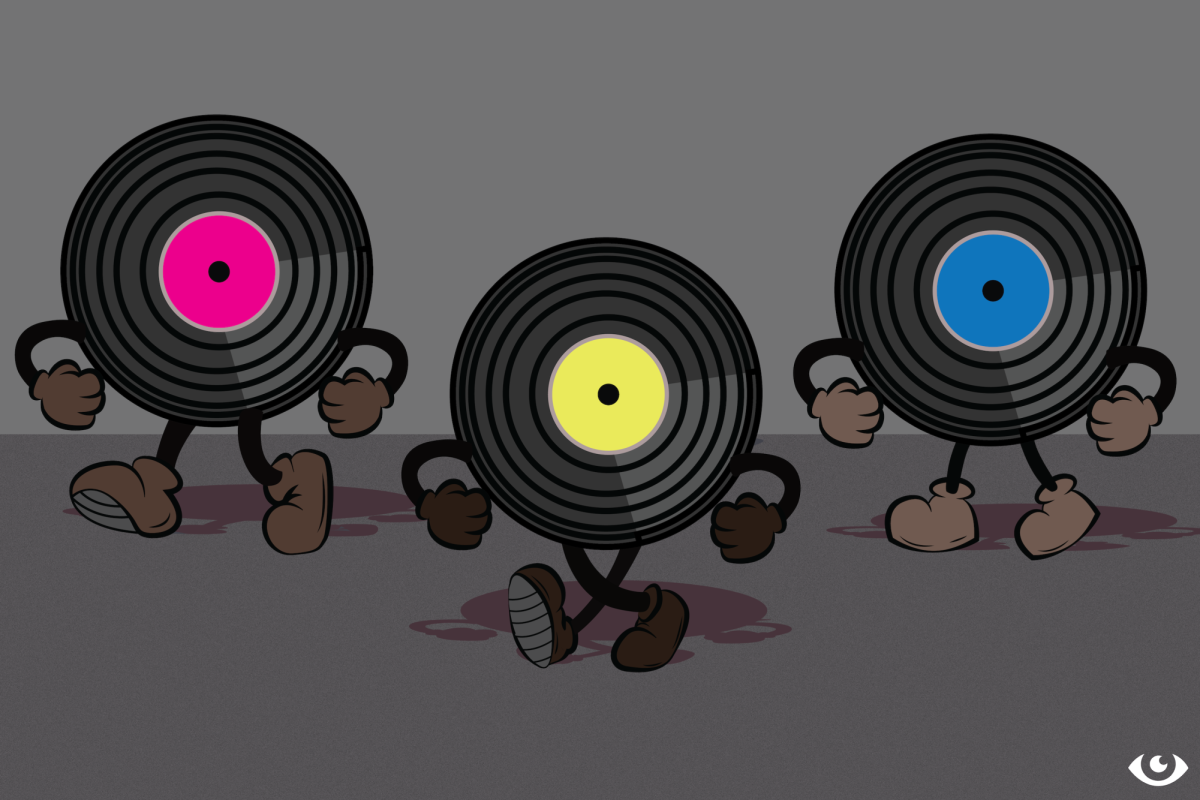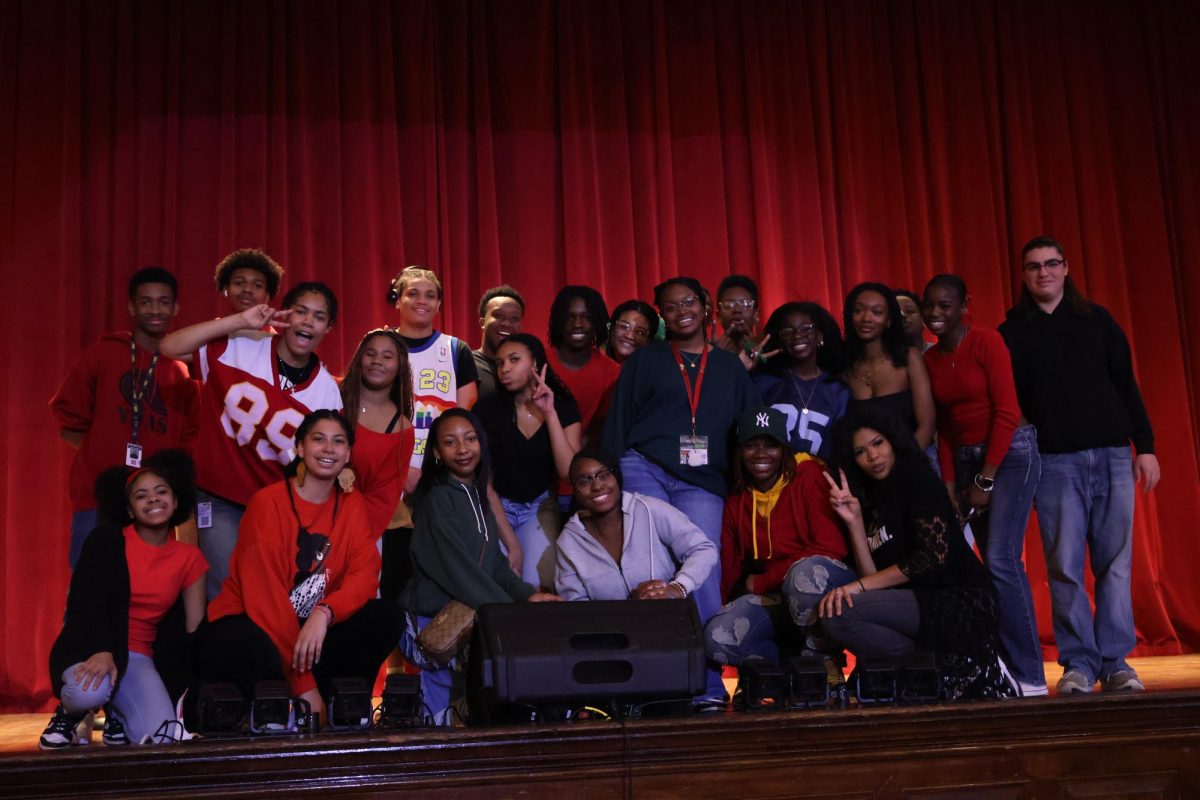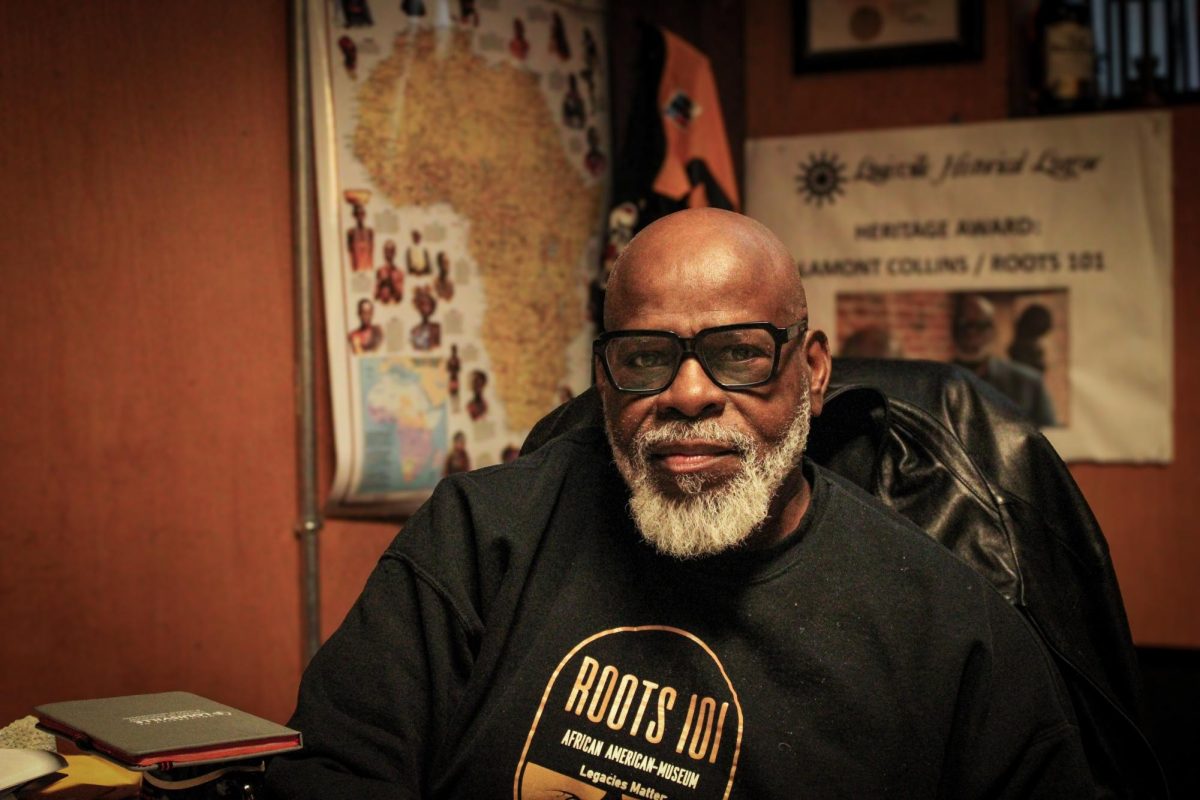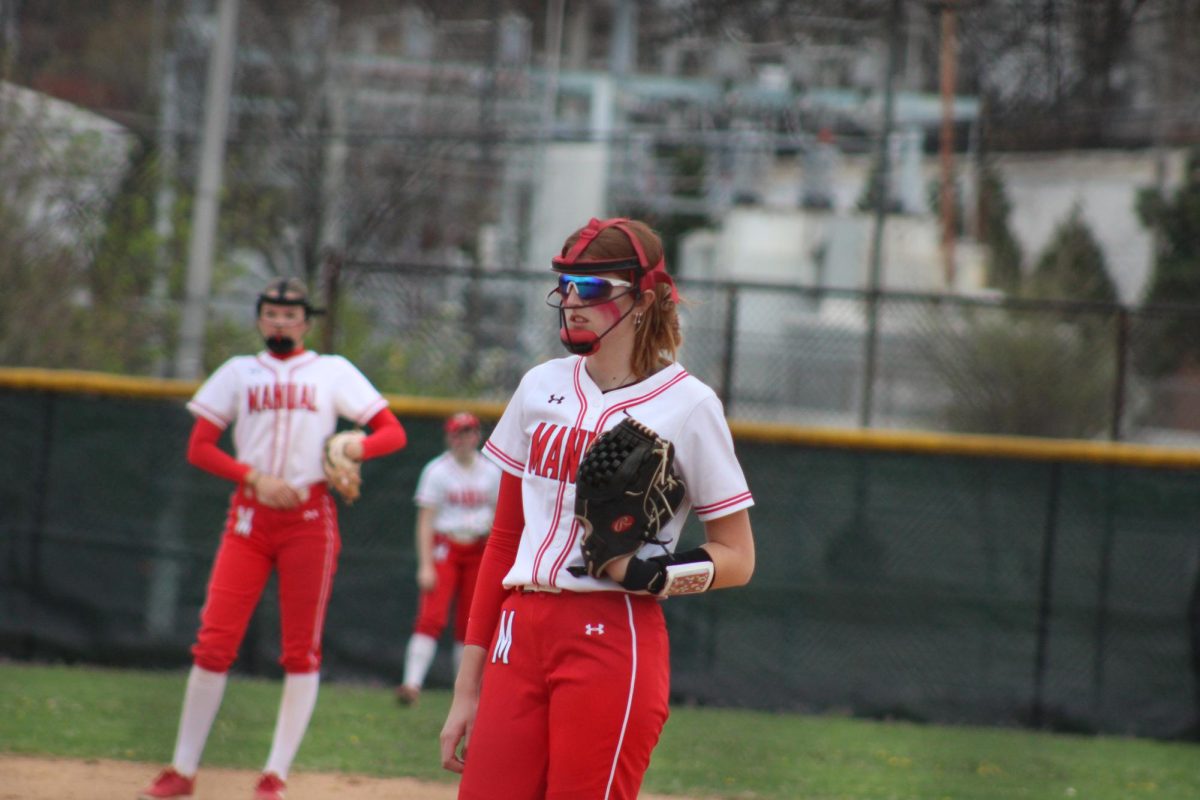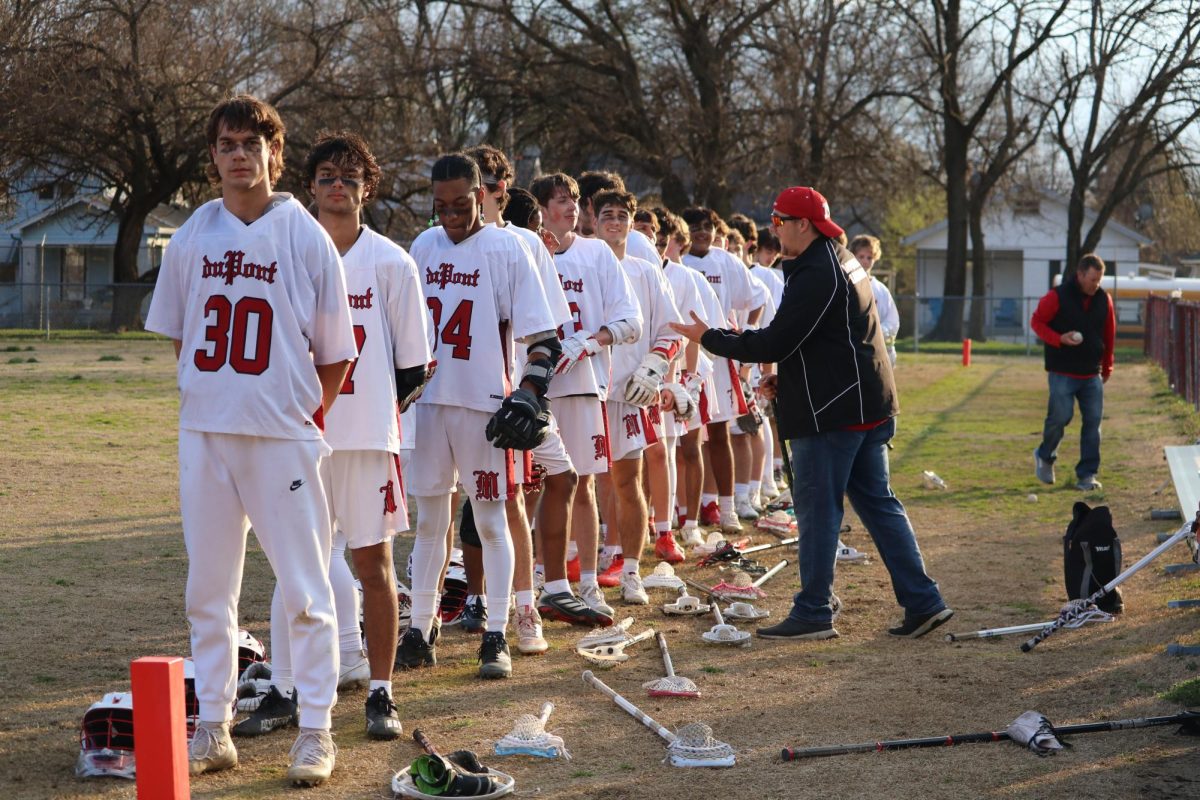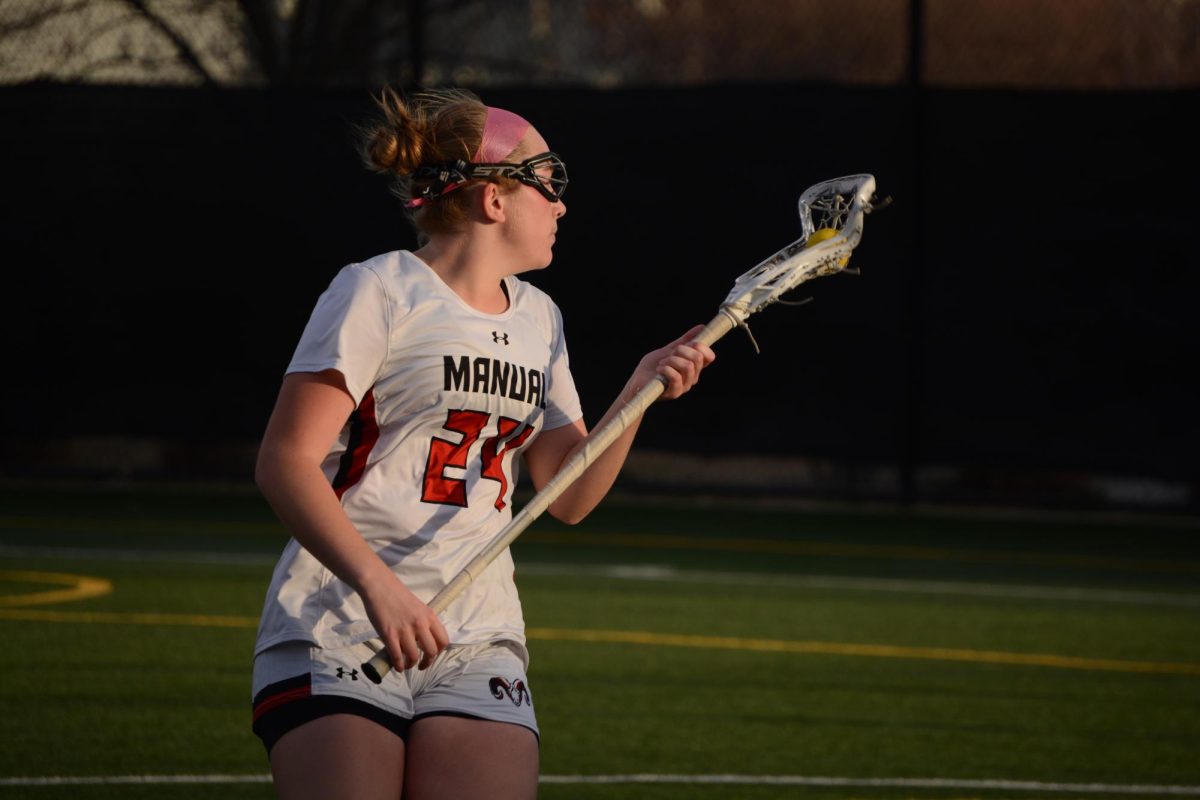With the Summer Olympics fast approaching, it is important to note that the Olympics today are not the Olympics they were 25 years ago, 50 years ago or even 150 years ago. In the very beginning, the Olympics were more of a religious festival than a sporting event. There was a smaller selection of sports to participate in and only men were allowed to participate. Today, there are a vast variety of sports, both sexes are allowed to participate and there are almost nine times as many participants and almost four times as many countries that are now taking part in the Summer Olympics.
However, it is important to note that the Olympics are what they are today in part due to the grit and determination of black athletes, who broke down the barrier of race within the Summer Olympics, especially in–but not limited to–track and field.
John Baxter Taylor, Jr.
Born in Washington, D.C., John Baxter Taylor, Jr. and his family eventually settled in Philadelphia, where he later attended Central High School. While at Central, he was the track and field captain, but it was at the University of Pennsylvania that Taylor’s track and field career took off.
During his 5 seasons running track and field for Penn, Taylor and his teammates helped Penn claim multiple trophies and championships. Also, with a stride measuring eight feet six inches, Taylor “was indisputably the best quarter-miler in the college world, establishing the world’s interscholastic record of 49.1 seconds for 440-yards in 1903 and setting a new record of 48.6 seconds for this event four years later.”
While gaining national attention, he also started to gain international recognition. During the summer of 1904, he visited France and England and won the majority of his races.
Four years later in July of 1908, Taylor traveled to England for the Summer Olympics, in hopes of winning gold. His two chances came during the 400-meter race and as a part of the 1600-meter relay. Unfortunately, his chances for the 400-meter were dashed due in part to a “disputed foul,” that later caused controversy and led the Americans to boycott the race. It was claimed that American runner, John Carpenter, forced Great Britain runner, Wyndham Halswelle, “to run wide in the stretch run, and he was disqualified and the race ordered rerun.” However, Taylor and his American teammates did win the 1600-meter race–while also setting a world record in the process–making Taylor the first African American to win an Olympic gold medal.
Taylor unfortunately had little time to celebrate his success, though, catching typhoid fever only a few months later. Honored by family, friends, and teammates, Taylor was not only celebrated for his track and field accomplishments but as a veterinary student while at Penn.
Alice Coachman
Born in the segregated south in 1923, Alice Coachman was discouraged from participating in sports by her father and by societal expectations. That didn’t stop her, though, and not only did she run, but she also played softball and baseball with the boys in her neighborhood. She originally had no interest in pursuing athletics but was encouraged and supported to do so by her aunt, Carrie Spry, and her fifth-grade elementary school teacher, Cora Bailey. By seventh grade, she was one of the best athletes in Albany, Georgia.
Eventually, she made her way onto her high school’s track and field team, catching the attention of the Tuskegee Institute in Alabama. She later ended up transferring to Tuskegee during her sophomore year. In 1943, “Coachman entered the Tuskegee Institute college division to study dressmaking while continuing to compete for the school’s track-and-field and basketball teams.”
Coachman’s success came quickly, winning the national titles in the 50m, 100m, and 400m relays and winning four national championships in sprinting and high jump. The high jump was her specialty, winning the title annually from 1939 to 1948. She was then greatly encouraged to try out for the Olympics, but due to the outbreak of World War II, the Olympics were canceled.
Her chance finally came in 1948 when she attended trials with a back injury, destroying the existing US high jump record, and guaranteeing her spot on the team. In 1948 at the games in London, Coachman officially became an Olympic champion, clearing “the 5 feet 6 1/8-inch bar on her first attempt, [setting a] new Olympic record.” With this win, Coachman became the first black woman to win Olympic gold, and the only American woman to win a gold medal at the 1948 Olympics.
Upon her return to the US, she was greatly celebrated. However, her track and field career came to an end when she was 24. She later graduated from Albany State College (now university) with a B.S. in Home Economics and a minor in science in 1949. Track and field was far from her thoughts, though, as she later became an elementary and high school teacher and a track coach.
Later in her life, Coachman “was inducted into nine halls of fame including the National Track-and-Field Hall of Fame (1975) and the U.S. Olympic & Paralympic Hall of Fame (2004). In 1994, she started the Alice Coachman Track and Field Foundation to aid young athletes and former competitors in financial need.” Coachman and her success were an inspiration to many and she lived a long life to tell her story, eventually passing in 2014 at the age of 90.
Dominique Dawes
Born in Silver Spring, Maryland in 1976, it wasn’t long before Dominique Dawes started gymnastics. At six years old, she enrolled in gymnastics and later moved closer to the gym. Four years later, Dawes was competing in big-name competitions. She competed at the US National Championships in 1988, where she placed seventeenth. Then a year later, she traveled to Australia to compete in the Konica Grand Prix. As she thrilled audiences and placed high in competitions, Dawes racked up national and international fame.
At the Olympic trials in 1992, Dawes placed fourth and headed off to Barcelona. Despite battling tendinitis in both ankles, Dawes and the team won bronze, making her and her teammate, Betty Okino, the first African American to win an Olympic medal for gymnastics.
It wasn’t until 1993 that Dawes started competing individually. Initially, she struggled, but she ended up finishing her 1994 season by sweeping the National Championships. Dawes struggled again in 1995, this time ridden with wrist and ankle injuries. That didn’t stop her though, as she swept all four event finals of the US National Competition and earned a spot on the 1996 Olympic team again. Dawes and the rest of the members of the team nicknamed the ‘Magnificent Seven,’ dominated from the very beginning and won the gold medal.
Not only did Dawes claim her first gold medal as part of the first American team to win an Olympic title, but she also became the first black woman of any nationality to win gold in gymnastics. During the same Olympics, Dawes also ended up earning a bronze medal in the floor exercise finals.
After the Olympics, between 1996 and 1998, Dawes competed in events but somewhat retreated from the elite competitions. She did, however, dominate yet again in the preliminaries for the 200 Olympics. In the team finals, she contributed greatly to the team’s score and helped the US win a bronze medal, too.
Dawes’ gymnastics career came to a close shortly after, but she did not stop there. She graduated with a bachelor’s degree from the University of Maryland and then pursued a career in acting, modeling and television production. She appeared in a music video for Prince and Missy Elliot. She also appeared on Broadway during the showing of Grease. Dawes also went on to serve as president for foundations, like the Women’s Sports Foundation. She became the first spokeswoman for the Girl Scouts of the USA’s “Uniquely Me” self-esteem campaign in 2002. And in 2010, then-President Barack Obama, appointed Dawes to be co-chair of the newly renamed President’s Council on Fitness, Sports and Nutrition. Dawes also founded a gymnastics center, Dominique Dawes Gymnastic Academy and Ninja, near her hometown. Known as ‘Awesome Dawesome,’ Dawes truly was and still is so.
Florence Giffith-Joyner
Born in 1959 in Los Angeles, Florence Griffith-Joyner–known as ‘Flo-Jo’–started her career in a unique way: she chased jackrabbits when she was seven years old to increase her speed. While in elementary school, she joined the Sugar Robinson Organization, where she would race on the weekends, and she later ran track at her high school. Griffith-Joyner also won the Jesse Owens National Youth Games when she was 14 and 15. By the time she graduated, she had set high school records in sprinting and the long jump.
In 1980, she enrolled at the University of California to continue her career under coach Bob Keerse. The team won the national championships during Giffith-Joyner’s first year. However, she had to drop out due to financial hardship, taking a job as a bank teller. Keerse found financial aid, though, which allowed her to come back to race.
At her first Olympics in 1994, in Los Angeles, she won a silver medal in the 200-meter race and quickly became a figure in the sport due to her polished nails and unique racing suits. She was disappointed with her performance, though, and went into semi-retirement. She did, however, come back in 1987, where she adopted an intense training program and married Al Joyner, the winner of the 1984 Olympic gold medal in the triple jump. Both proved beneficial to Griffith-Joyner.
At the 1988 Olympic trials, she set a world record in the 100-meter sprint beating the old mark by 0.27 seconds and improving her previous best by more than half a second. Later on, while at the Olympics in Seoul, she captured three gold medals in the 100-meter relay, 200-meter relay and 4×100-meter relay, as well as a silver in the 4×400-meter relay.
After retiring from track and field in 1989, she established a foundation, whose goal is to help underprivileged children. From 1993 to 1995, she also served as the co-chair of the President’s Council on Physical Fitness. Then in 1995, she was inducted into the Track and Field Hall of Fame. Griffith-Joyner left the world too soon, passing away in 1998 in her sleep due to an epileptic seizure. Griffith-Joyner, however, left her mark on the track and field world, her racing style and fashion style inspired many and still inspires many to this day.
George Coleman Poage
Born in 1880 in Missouri, George Coleman Poage didn’t just become the first African American to win an Olympic medal but also became the first African American to graduate from La Crosse High School in La Crosse, Wisconsin and the first African American to compete for the University of Wisconsin. Ranking second in his high school class, Poage excelled both in academics and athletics. After receiving his diploma, he decided to continue his education and athletic career at Wisconsin, where he made the varsity track team during his sophomore year.
He quickly became a specialized runner in short sprints and hurdles, gaining respect and admiration from his teammates. Though he graduated in 1903 with a degree in history, Poage came back to continue his track career and take graduate courses.
A year later in 1904, the Summer Olympics were held in St. Louis. Sponsored by the Milwaukee Athletic Club, Poage decided to compete despite boycotting and other protests due to segregated facilities. Poage won bronze in the 220-yard hurdles and the 440-yard hurdles. Poage stepped back from running shortly after and became a high school teacher at Charles Sumner in St. Louis.
Ten years later, in 1914, he bought a farm in Minnesota. Then, in 1920, he permanently settled in Chicago, where he worked for the U.S. Post Office before retiring in 1950. Poage passed away in 1962, at the age of 82, but left behind a relatively small, yet timeless memory as he was elected into the Wisconsin Athletic Hall of Fame in 1998 and has been honored numerously in La Crosse, where it all began.
Though there are many more athletes who set and broke records during the Olympics, Taylor, Coachman, Dawes, Griffith-Joynes and Poage did it with utmost willpower and integrity. Many hope to achieve the same fate, and their opportunity will come this summer in Paris.
For now, though, Taylor, Coachman, Dawes, Griffith-Joynes and Poage have shown their worthiness of having been in the Olympics. Their achievements are and will continue to be written down in the books.




